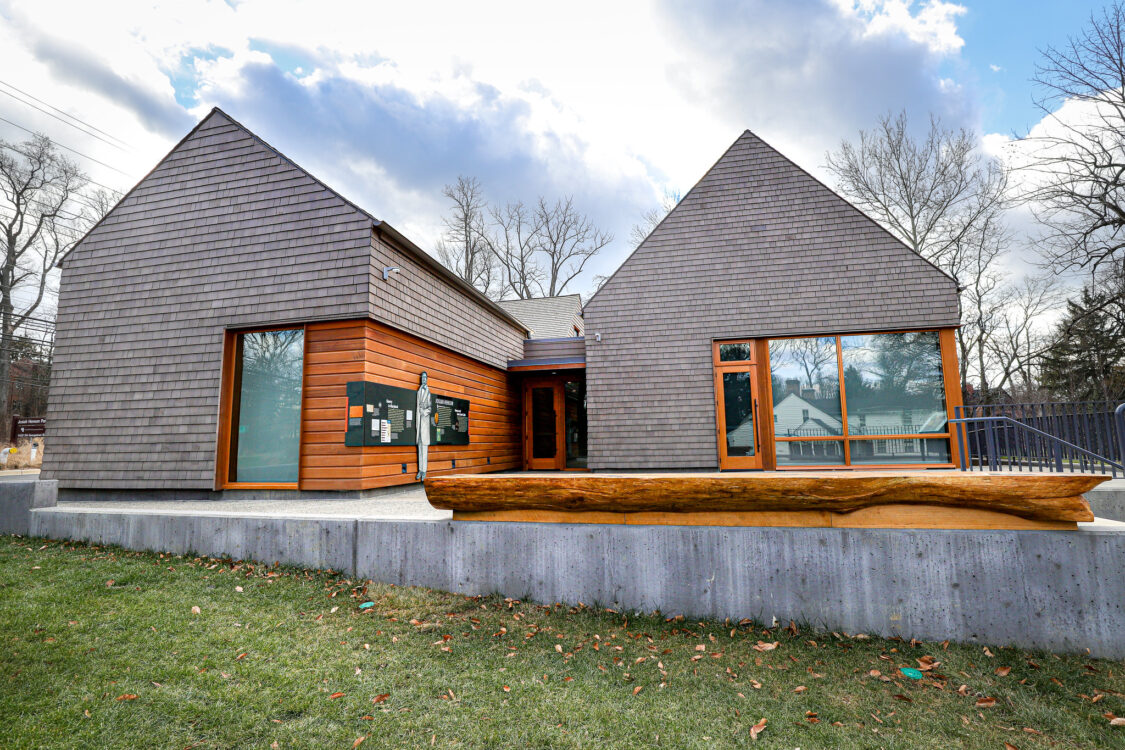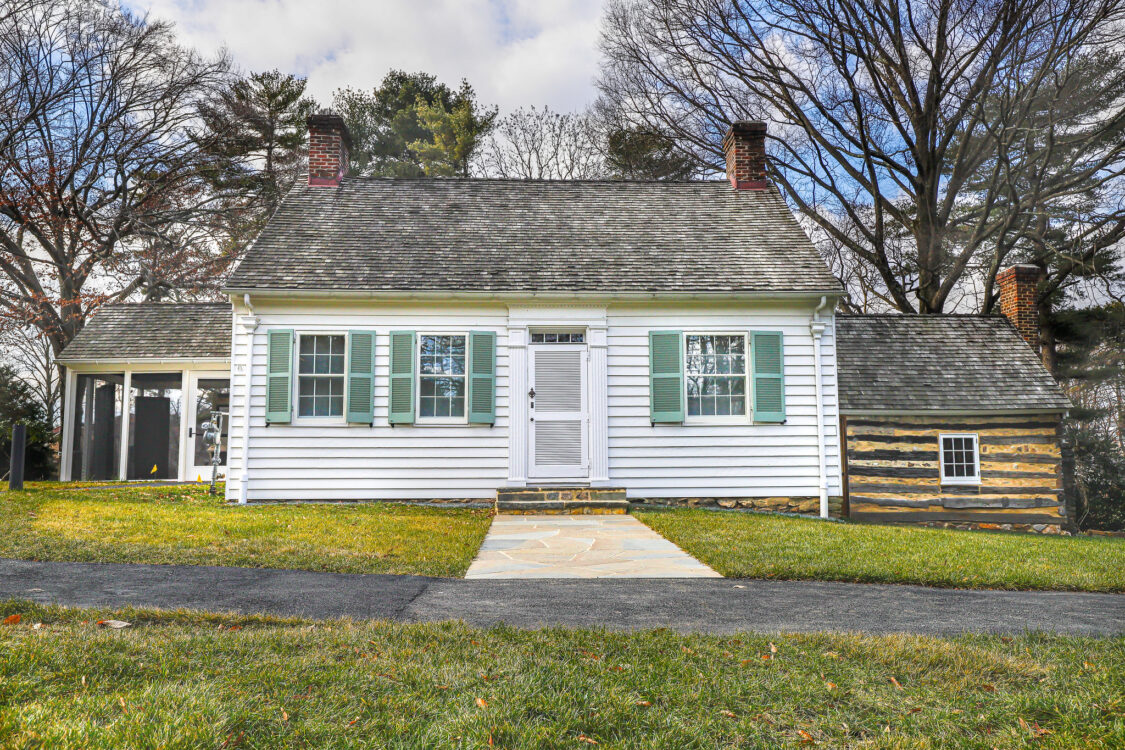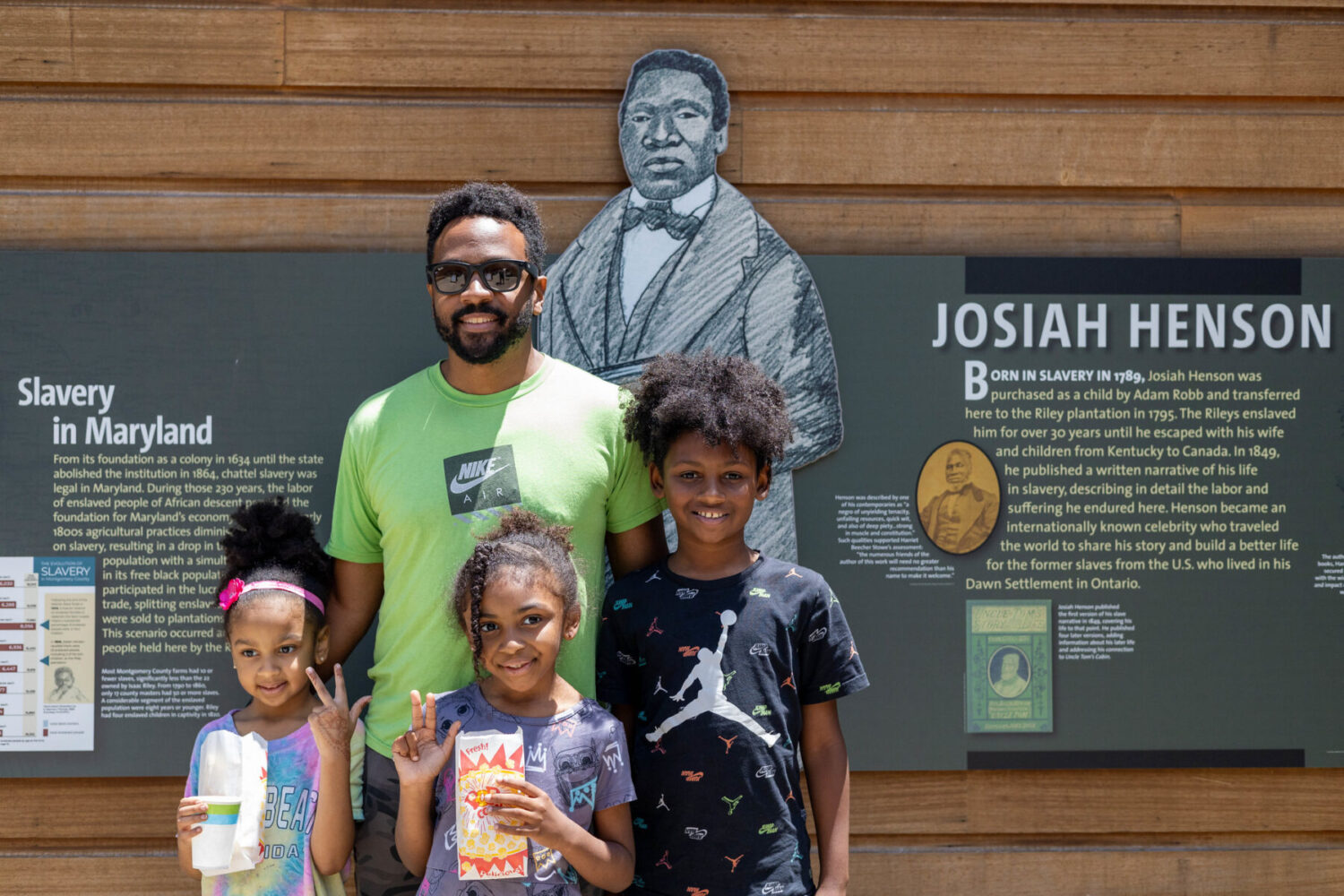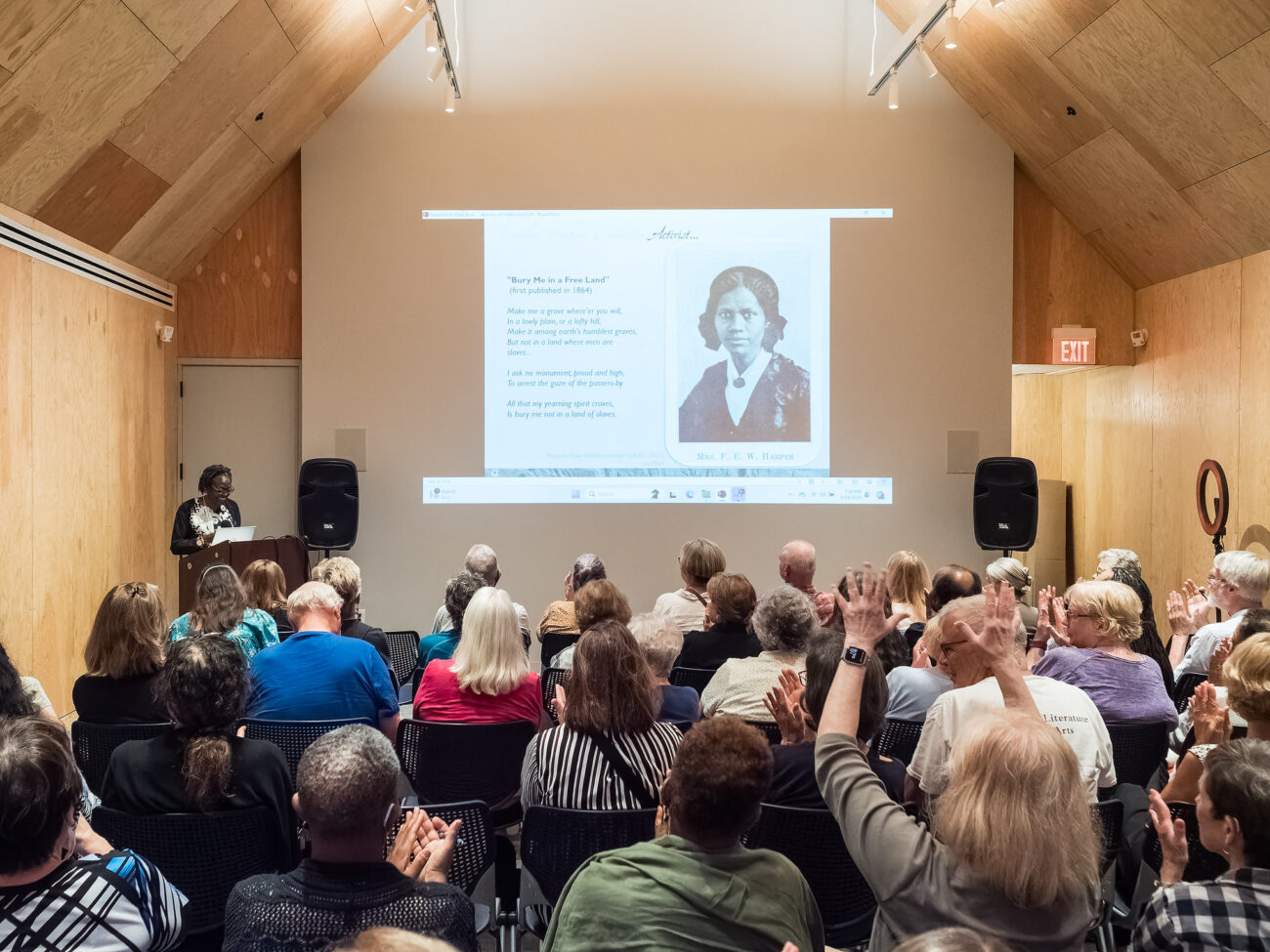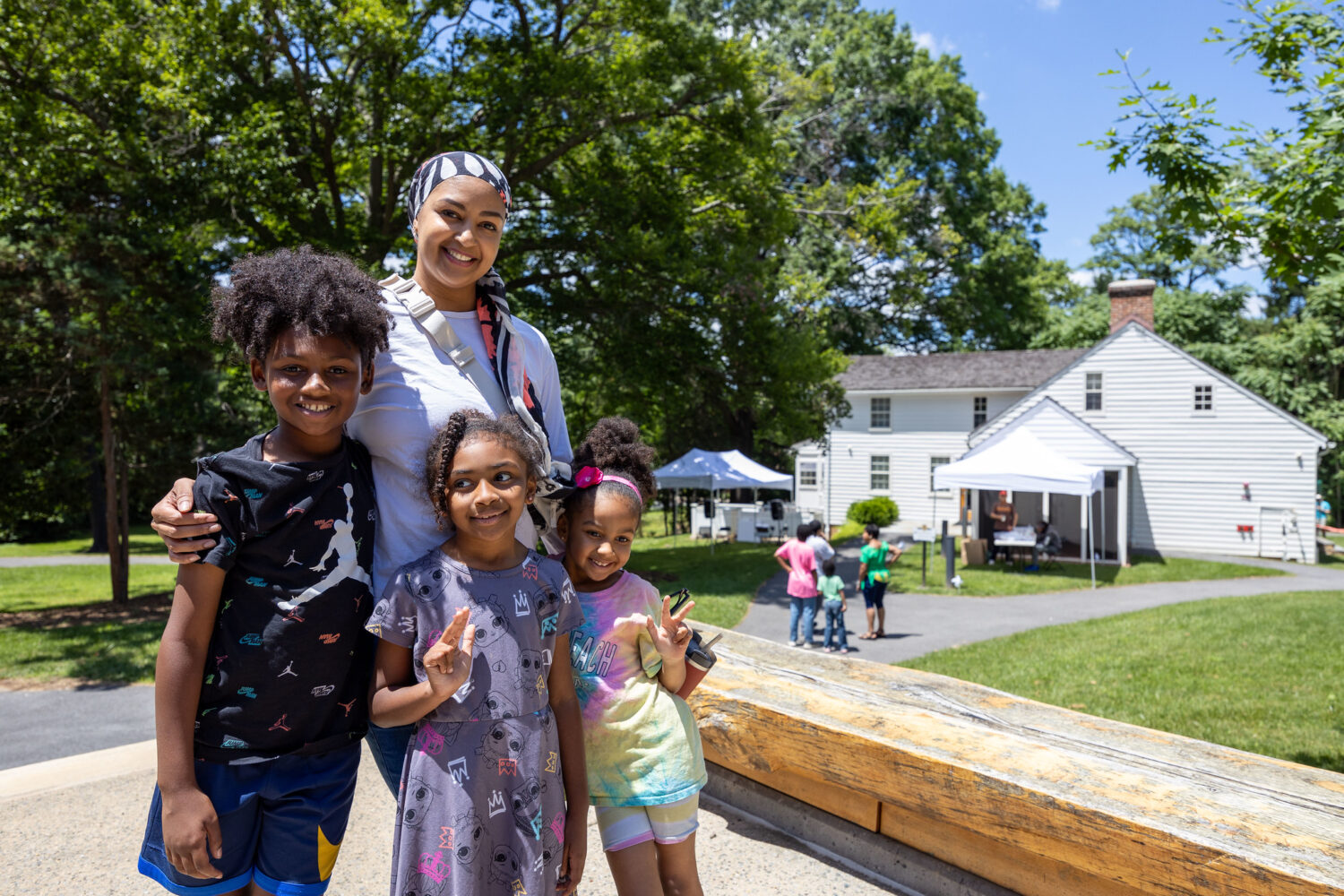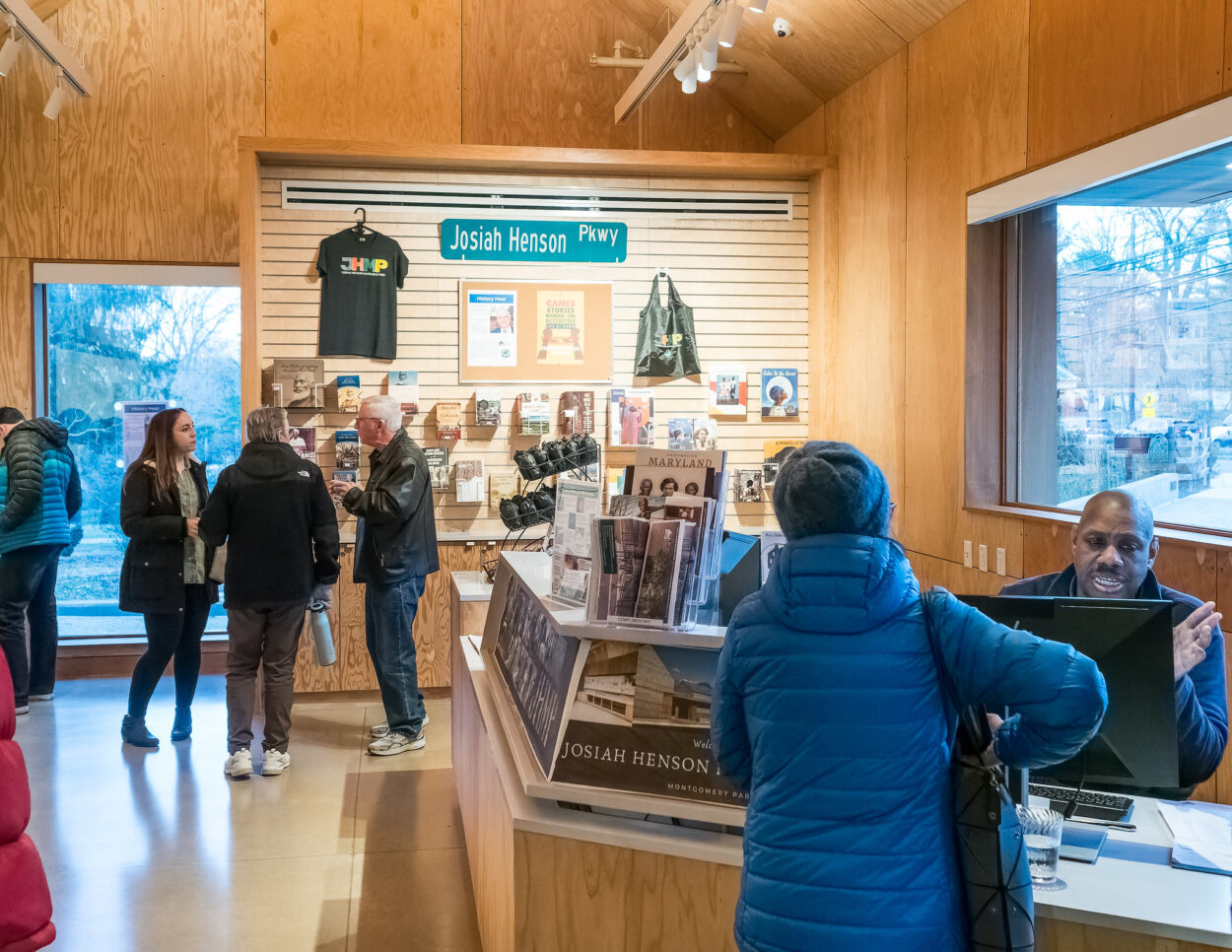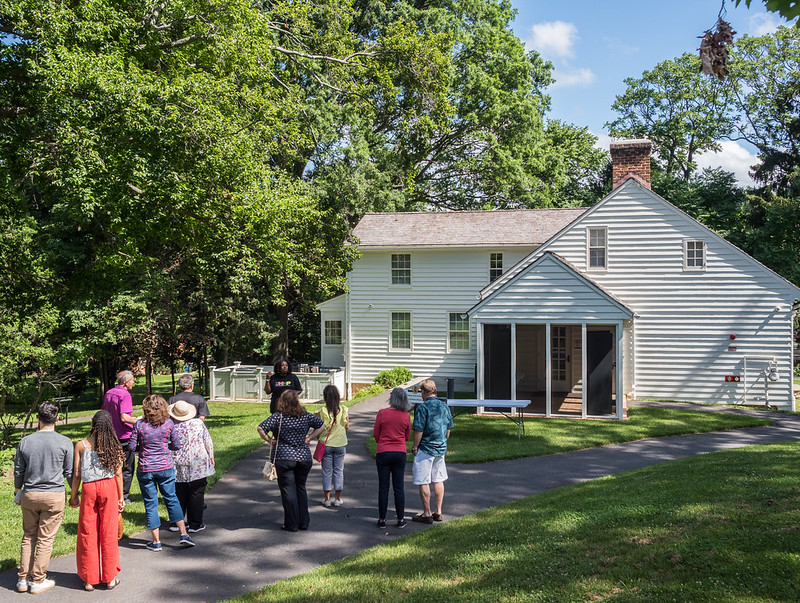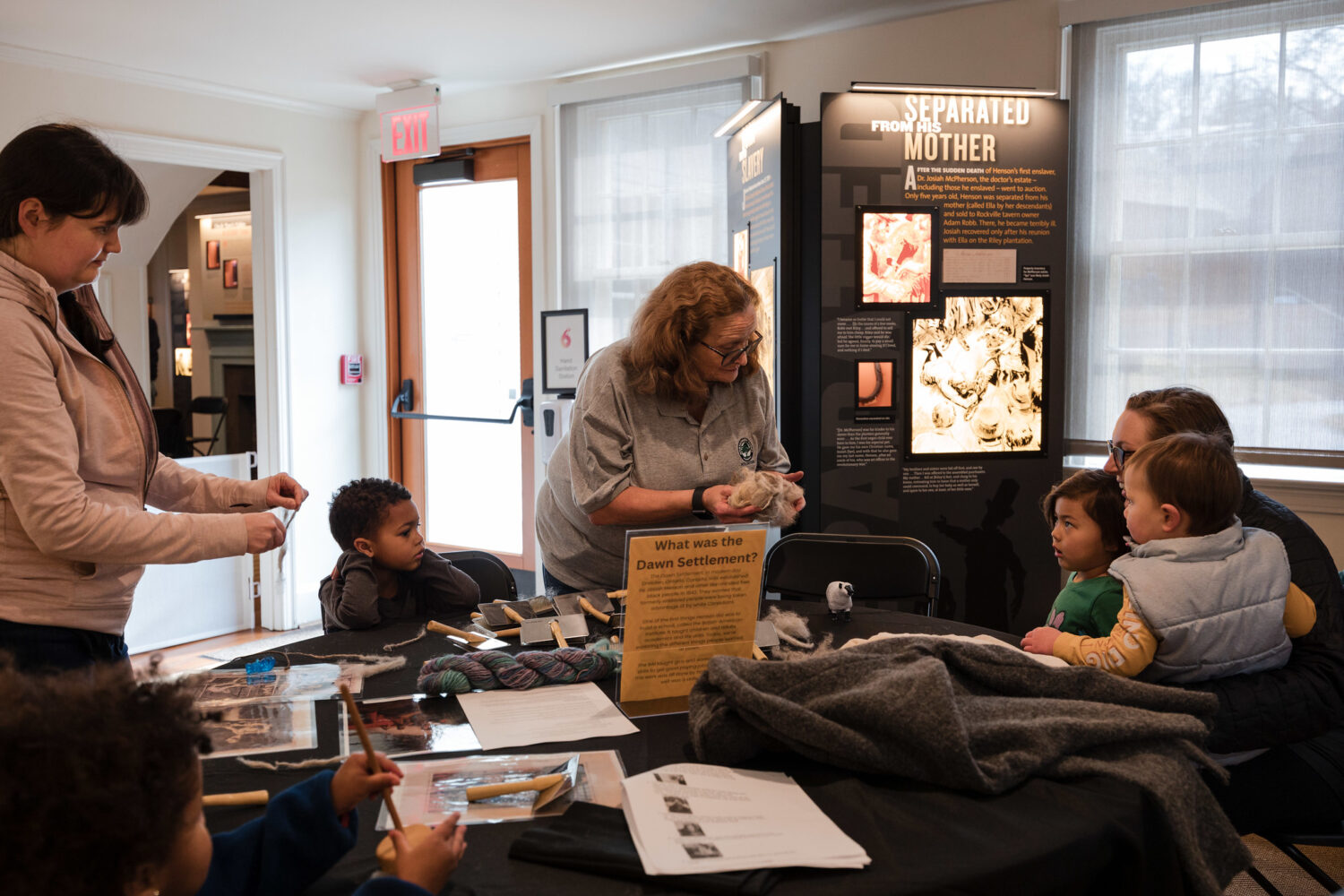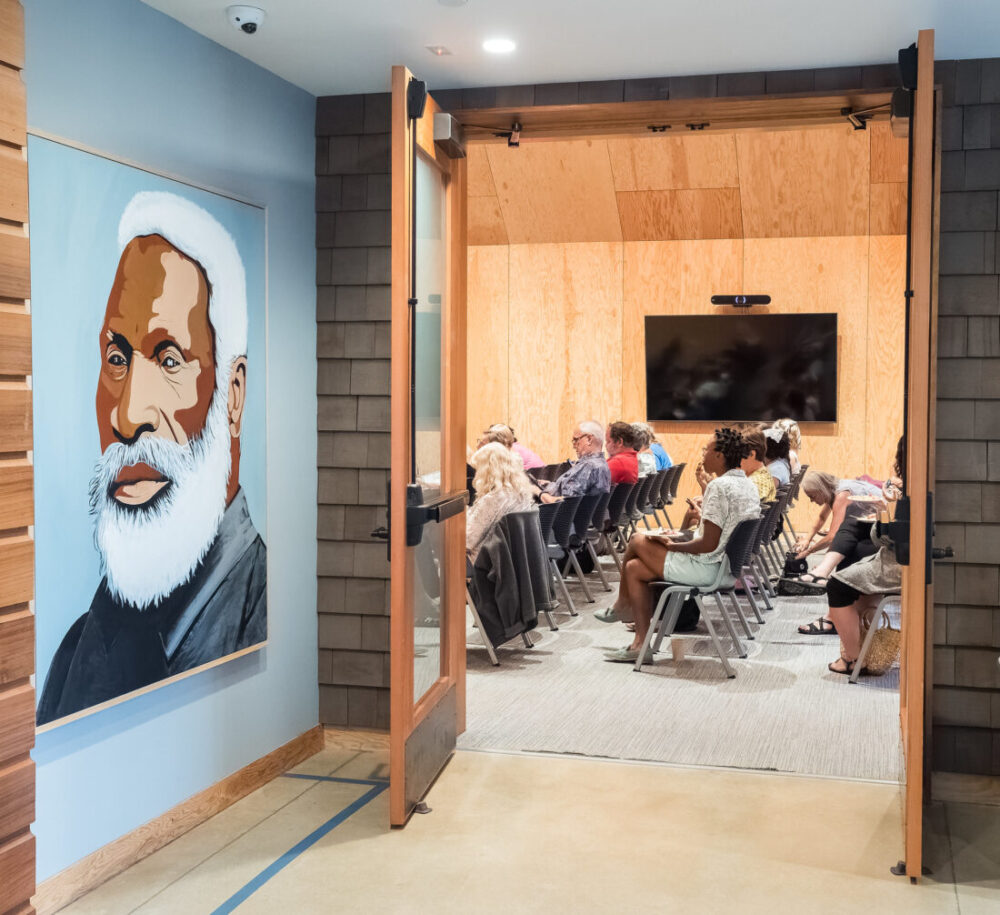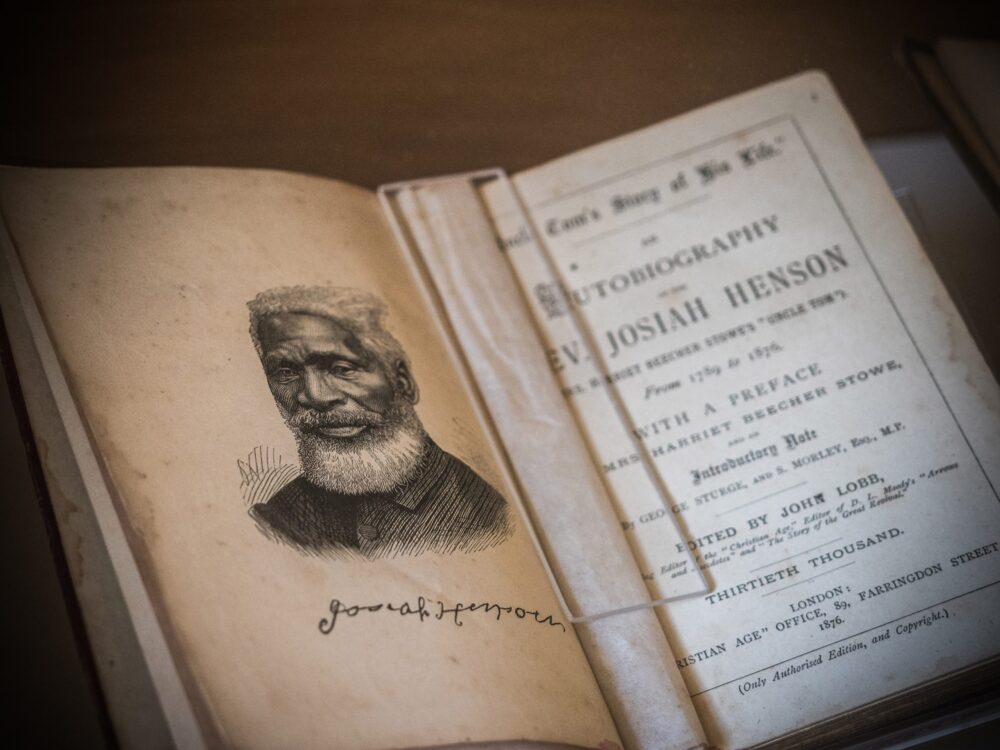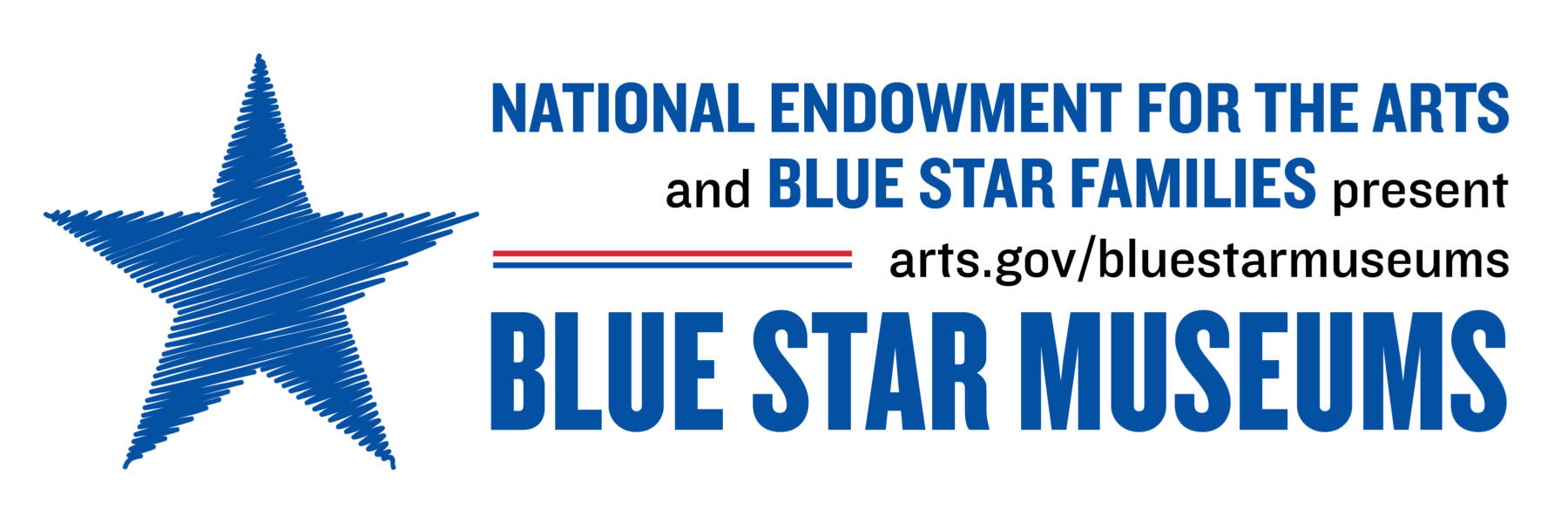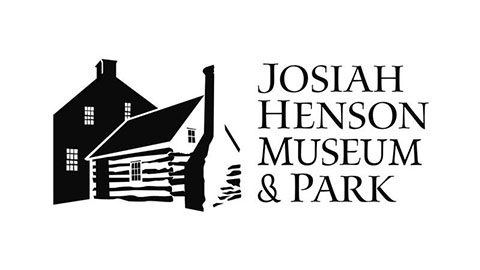
Josiah Henson Museum and Park seeks to educate the public about the life of Reverend Josiah Henson, including his challenges and accomplishments, slavery in Maryland, and the ongoing struggle for racial equality through its exhibits and programs.
Who Was Reverend Josiah Henson?
Reverend Josiah Henson was born into slavery in Maryland in 1789. Over the course of his life, Henson endured unimaginable hardships. He was enslaved on the plantation property of Isaac Riley in what is now North Bethesda, Maryland, and the site of the Josiah Henson Museum and Park.
In 1830, Henson escaped with his wife and children to Canada. Henson’s became an influential author, abolitionist, and public speaker. He helped establish Dawn Settlement, a community inhabited by former American slaves and he repeatedly returned to the United States to guide 118 others to freedom as a conductor on the Underground Railroad. Henson’s 1849 autobiography, The Life of Josiah Henson, Formerly a Slave, Now an Inhabitant of Canada inspired Harriet Beecher Stowe’s landmark anti-slavery novel, Uncle Tom’s Cabin. Stowe’s novel broke all sales records of the time, and many believe the novel helped to propel the Civil War.
Josiah Henson was a freedom fighter. His legacy is an important part of American history.
The Josiah Henson Museum and Park
Located on the grounds of the former plantation where Henson was enslaved. The site includes a Visitor Center with orientation film and gift shop, a historic house with attached log kitchen dating to 1850, and a 4-acre landscaped park. Visitors embark on a self-guided tour of interactive exhibits and artifacts across the property that tell the life story of Reverend Josiah Henson, slavery in Maryland, and the ongoing struggle for racial equality.
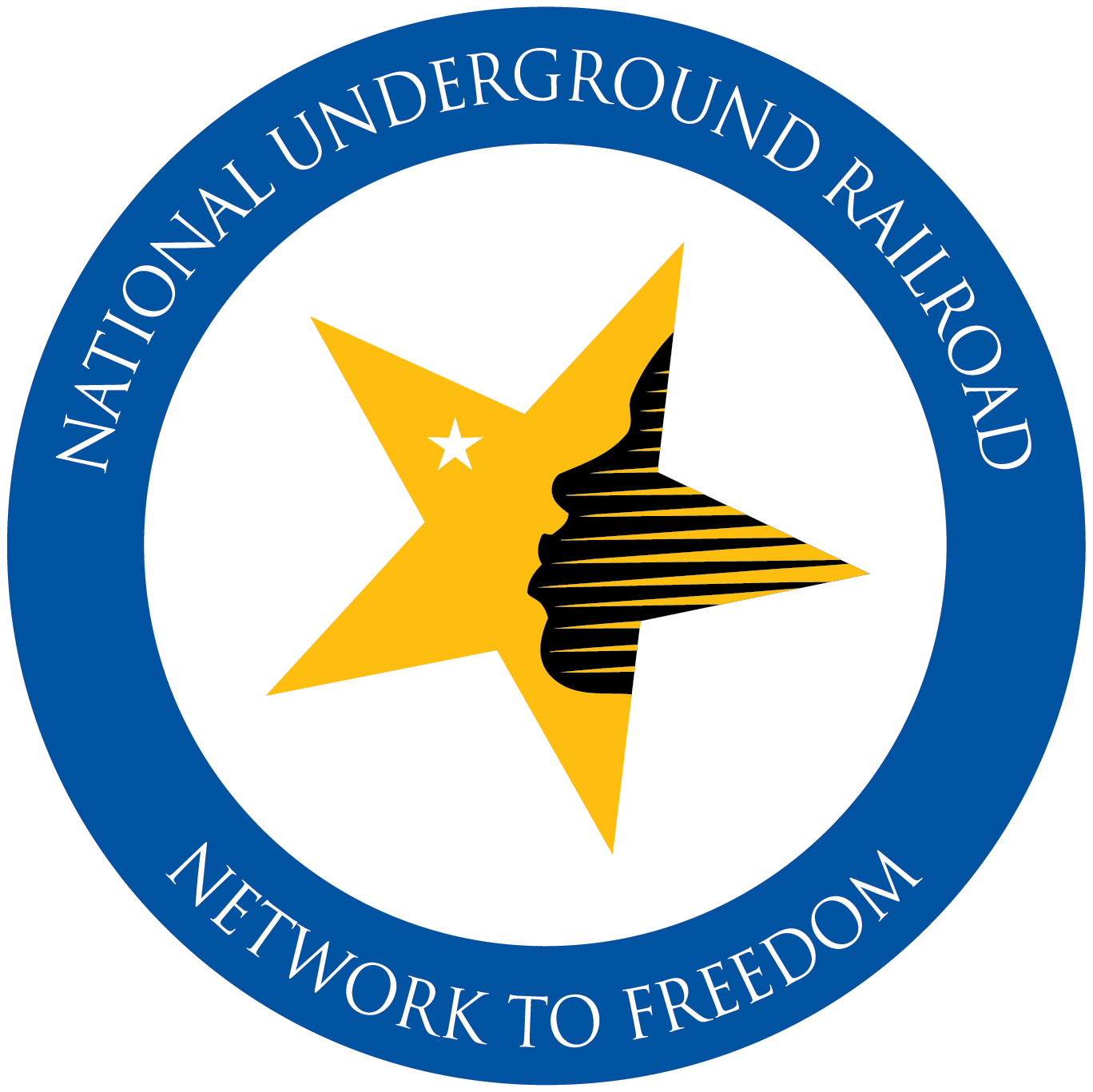
The Josiah Henson Museum & Park is part of the National Park Service National Underground Railroad Network to Freedom program.
“My hope is that people will come to understand who the Rev. Josiah Henson truly was, a man of tremendous strength, intelligence, loyalty, and of great faith. That individuals will walk away understanding the current use of “Uncle Tom” as a derogatory term is not at all who the real Uncle Tom was. The real Uncle Tom was a Hero, a family man, a man who risked his life on countless occasions by helping others escape slavery. A man to be Proud of. This platform will help to change the current narrative with so many and teach upcoming generations of his life and the many contributions he made to the US and Canada.“
Mia M. Lewis
Josiah Henson’s Great-Great-Great-Great-Granddaughter
Listen to Mia Anderson’s recent reflection on the Still Paying the Price: Reparations in Real Terms podcast:
